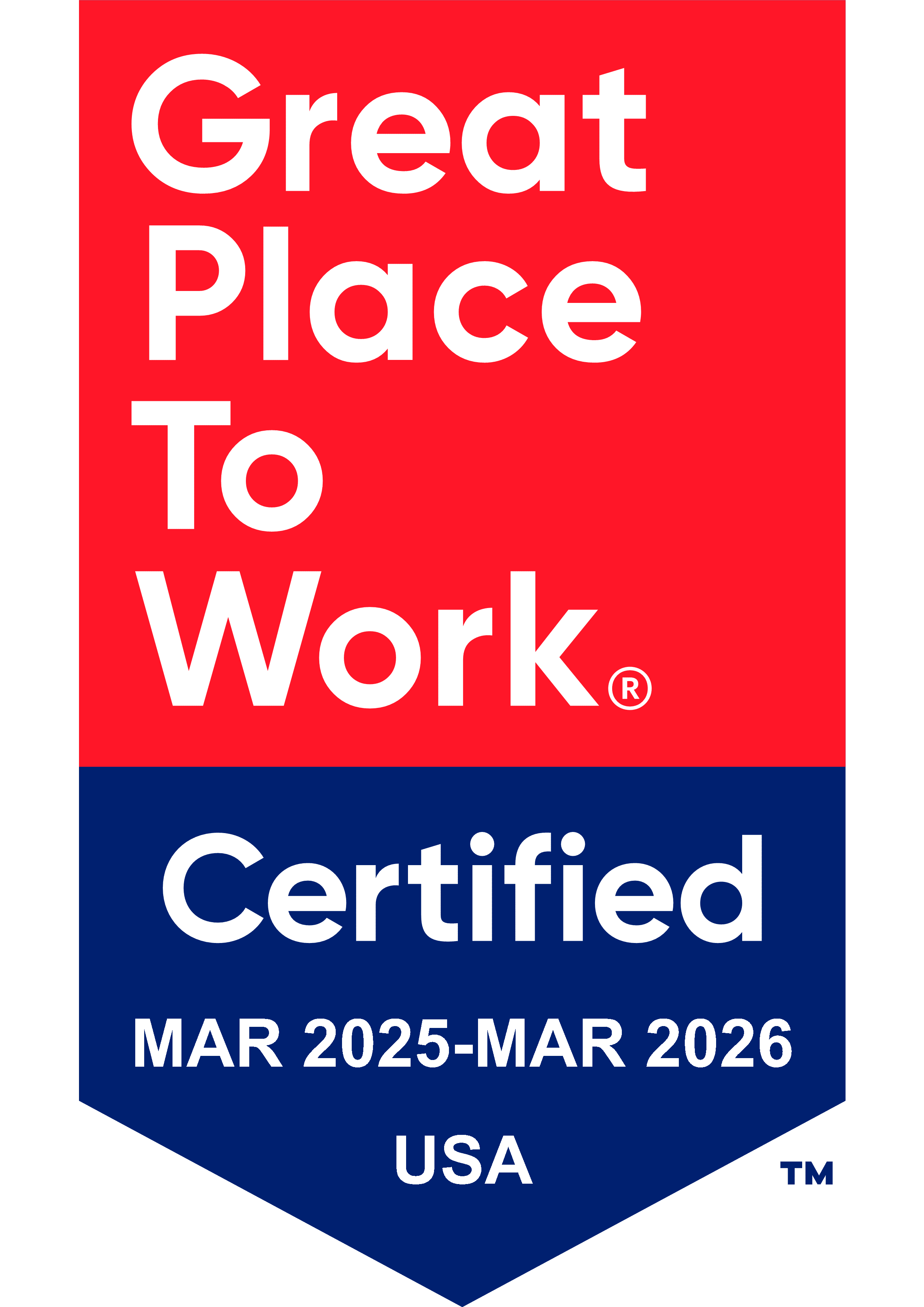7 Tips to Manage Stress in Your Creative Jobs
Create a Resilient Workforce to Thrive During a Pandemic
Stress in creative jobs is high at the best of times. But this problem has been made even worse by the changes created by the pandemic. For example:
- The University of Toronto research found that those in creative jobs are more likely to experience feeling overwhelmed in job pressures and workloads that conflict with their family roles.
- An APA annual survey has found that “Americans have been profoundly affected by the COVID-19 pandemic, and that the external factors Americans have listed in previous years as significant sources of stress remain present and problematic. These compounding stressors are having real consequences on our minds and bodies.”
In this post, we share seven tips to help you manage the stress of your creative staff – helping you improve wellbeing, productivity, job satisfaction, and employee retention.
#1: Recognize the Signs of Stress
You must be active in identifying the signs of stress in your creative staff. Leaving stress to fester will only allow it to escalate. Look out for:
- Lack of motivation
- Irritational or tense behavior
- Reduced focus
- Acting anxiously or nervous
- Appearing burned out or tired
- Reserved and potentially depressed mannerisms
People express stress in various ways, so having a good understanding of everyone’s usual behaviors will help you identify certain changes easier. Some employees will manage stress better than others, but they still require equal support. So, ask them. Have the discussion and let them know they’re supported.
#2: Understand How Your Workplace Contributes to Stress
Understanding why your creative staff are feeling stressed will help you tackle the root cause. Some of the main concerns, particularly during a pandemic, can be compounded by:
- The fear of working in an unsafe workplace
- Juggling family responsibilities while trying to work
- A change in workload or schedule
- Feeling incompetent in new tools or equipment
- Technical difficulties
- Having a lack of access to tools and equipment
- A sense of guilt caused by inadvertently reduced team contribution
- Job uncertainty
All these issues can be addressed to help alleviate some of today’s major stressors in creative workplaces.
#3: Ensure a Culture of Open and Honest Communication
‘A problem shared is a problem halved’ is the message you must instill to create an open and honest culture.
Regularly checking in and providing a non-judgmental environment for your creative employees to be open about their concerns is critical to moving forward with a confident and reassured team. Only when employees communicate will you be able to address concerns.
#4: Share Information about How to Protect Yourself and Others
Whether your creative staff are office-based or remote, sharing information about how to keep safe shows them that you care, while also actively protecting your workforce.
While some advice – like wearing a mask – has remained constant throughout, there are frequent changes to regulations and health and safety advice to which your staff must adhere. You can find the latest updates on the CDC website.
#5: Keep Employees Informed of All Changes (And Minimize These Changes)
Change is key for all creative jobs and businesses, and more so today than ever before. To reduce stress amongst your employees, keep them fully informed with information that is easily accessible and digestible. Doing so will reduce stress caused by the fear of the unknown or uncertainties in any changes being implemented.
Though change is inevitably on the rise, it should be minimized whenever possible to reduce workflow turbulence. Too many disruptions in how your staff manage and execute their creative jobs will negatively impact their engagement and productivity.
#6: Support Remote Workers, Too
Your remote workers must not feel remote. Stress is often caused by a lack of communication or camaraderie. Those in creative jobs require inspiration, motivation, and support. Provide this by:
- Creating individual plans for each employee’s remote job description
- Ensuring adequate tools and technology are available
- Ensuring staff know how to use new platforms/technology etc.
- Setting clear meeting schedules and agendas
- Collaborating on each employee’s goals and targets
- Providing clear support channels
- Asking for honest feedback and ideas
With a transparent and connected workforce no matter where your creative staff are based, productivity, engagement, and innovation will soar.
#7: Hire for Resilience
As well as searching for candidates with technical ability and skills for your creative jobs, you need employees who will also support your organization’s growth through change.
When hiring for staffing jobs, you need to seek those who are resilient and adaptable. Such candidates will thrive in today’s continuously complex working environment.
Create a Low-Stress Environment for Creative Jobs
Though we can’t entirely eliminate stress in today’s world, we can manage it. This can be achieved by:
- Recognizing stress in your creative staff
- Understanding what may be causing it
- Creating a transparent culture of communication
- Keeping staff safe with the latest guidance
- Sharing relevant and reassuring information
- Supporting your remote teams
To reduce stress in creative jobs from the start, hire those who are adaptable to change, so that your organization can enjoy growth and resilience in today’s world. Contact TECHEAD for the most promising candidates in creative jobs today.




